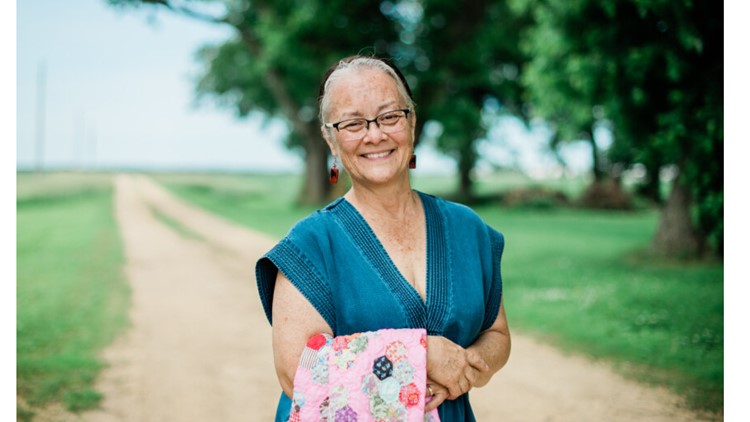ST PAUL, Minn — Gov. Tim Walz and Lt. Gov. Peggy Flanagan appointed the state's new Poet Laureate Thursday, making Dr. Gwen Nell Westerman the first Native American to receive the honor in Minnesota.
"The Poet Laureate serves as a beacon for the best of Minnesota and the people who live here, inspiring generations of poets and readers and advocating for young people to use their voices," Walz said in a statement. "Dr. Westerman brings a wealth and depth of experience that is representative of Minnesota's vibrant poetry community. I am grateful she has chosen to bring her talents and knowledge to this new role as Minnesota's Poet Laureate."
Westerman, an English professor at Minnesota State University, Mankato since 1992, is a citizen of her father's people, the Sisseton Wahpeton Oyate in South Dakota, and of her mother's people from the Flint District of the Cherokee Nation in Oklahoma.
Throughout her career, Westerman has written about Dakota language and history, winning two Minnesota Book Awards for "Mni Sota Makoce: The Land of the Dakota." Her first poetry collection, "Follow the Blackbirds," was written in both Dakota and English.
"It is an honor to serve as the Poet Laureate and help elevate poetry across the state," Westerman said. "I am excited for the opportunity to share the beauty of poetry and to engage and celebrate the voices of Minnesota."
Minnesota Poet Laureates are selected by the governor after receiving recommendations from the Minnesota Humanities Center (MHC). Among other roles, the Poet Laureate is expected to engage marginalized voices in poetry, celebrate the state's cultural heritage and inspire all generations of poets and readers.
"The world is never the same after a good poem has been shared as a beautiful poem can change the shape of our understanding of each other and our society," CEO of MHC, Kevin Lindsey said. "We are delighted to support Minnesota's Poet Laureate in helping us gain greater understanding of one another and the connectedness within our society."
RELATED: Minneapolis community uses ancient building techniques to create a performing arts pavilion



